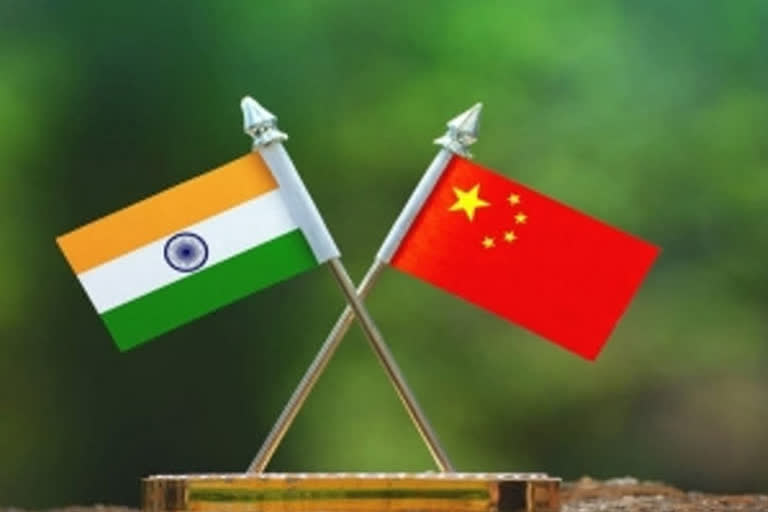New Delhi: The ninth round of talks between the Indian and Chinese militaries today (Sunday) at the Chinese side of Moldo, across India’s Chushul in eastern Ladakh, will focus on the ‘thinning’ of troops deployed at the face-off sites where Asia’s two largest armies face each other.
Multiple sources in the security establishment have told ETV Bharat that the focus of the ‘thinning’ will be from the numerous face-off sites where both militaries are engaged in eyeball-to-eyeball situations in sites like the north and south banks of the Pangong lake, Galwan Valley, Depsang, etc.
It is believed that the process of ‘thinning’ had already begun from the face-off sites due to the hostile terrain and extreme cold but the forces are being kept in-depth area from where they can be swiftly deployed in case conflict situations arise even as faster rotations of the deployments is being taken recourse to.
The date for this round has been clinched after a prolonged dithering game between the two sides amid a harsh winter with outside night temperatures plummeting to more than minus 40 degrees in many places.
Till now eight rounds of talks—June 6, June 22, June 30, July 14, August 2, September 21, October 12 and November 6—have taken place.
While Sunday’s talks are aimed at ‘disengagement and de-escalation’, there is very little chance that there would be any progress on those fronts as both militaries have only consolidated their positions and fortifications all across the Line of Actual Control (LAC) from Ladakh in the west to Sikkim and Arunachal Pradesh to the east even since the present conflict began about nine months back.
READ: India, China to hold 9th round of military talks today
Therefore the talks are taking place amid several incapacitating factors that seek to undermine the very mandate of the negotiations.
One, there is no proper acknowledgement of the changed ground realities. The Line of Actual Control (LAC) has now become a ‘hard border’ with evident hostility. As a result, the ground conditions have altered vastly. But that has not been addressed.
Two, the ongoing talks process is part of an established border dispute resolution mechanism that has failed. So real progress to the ensuing stalemate can be achieved only if there is a new mechanism in place.
Three, there has been eight rounds of talks before this where the level of talks had been escalated from military commander levels to include senior diplomats. On the side, foreign ministers and defence ministers of the two countries have also met but to no effect.
In other words, the situation is begging for intervention at the top political leadership levels. Both PM Narendra Modi and President Xi Jinping are very strong leaders with strong nationalist ethos, but more importantly, with the mandate to take decision on the respective nations’ behalf to settle the boundary question once and for all.
Otherwise, in the days to come, this festering issue will only snowball as the entire LAC has become a disputed zone.



